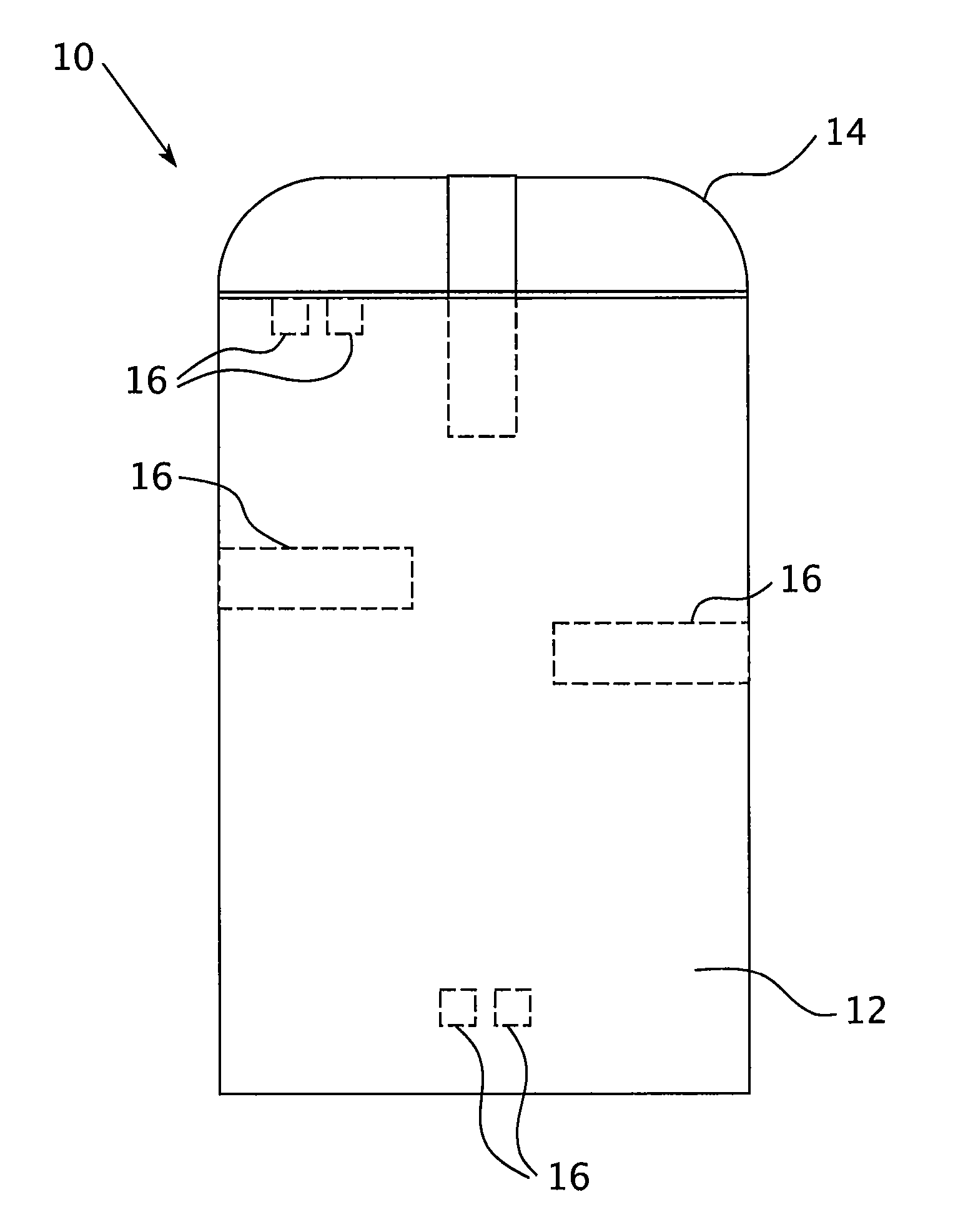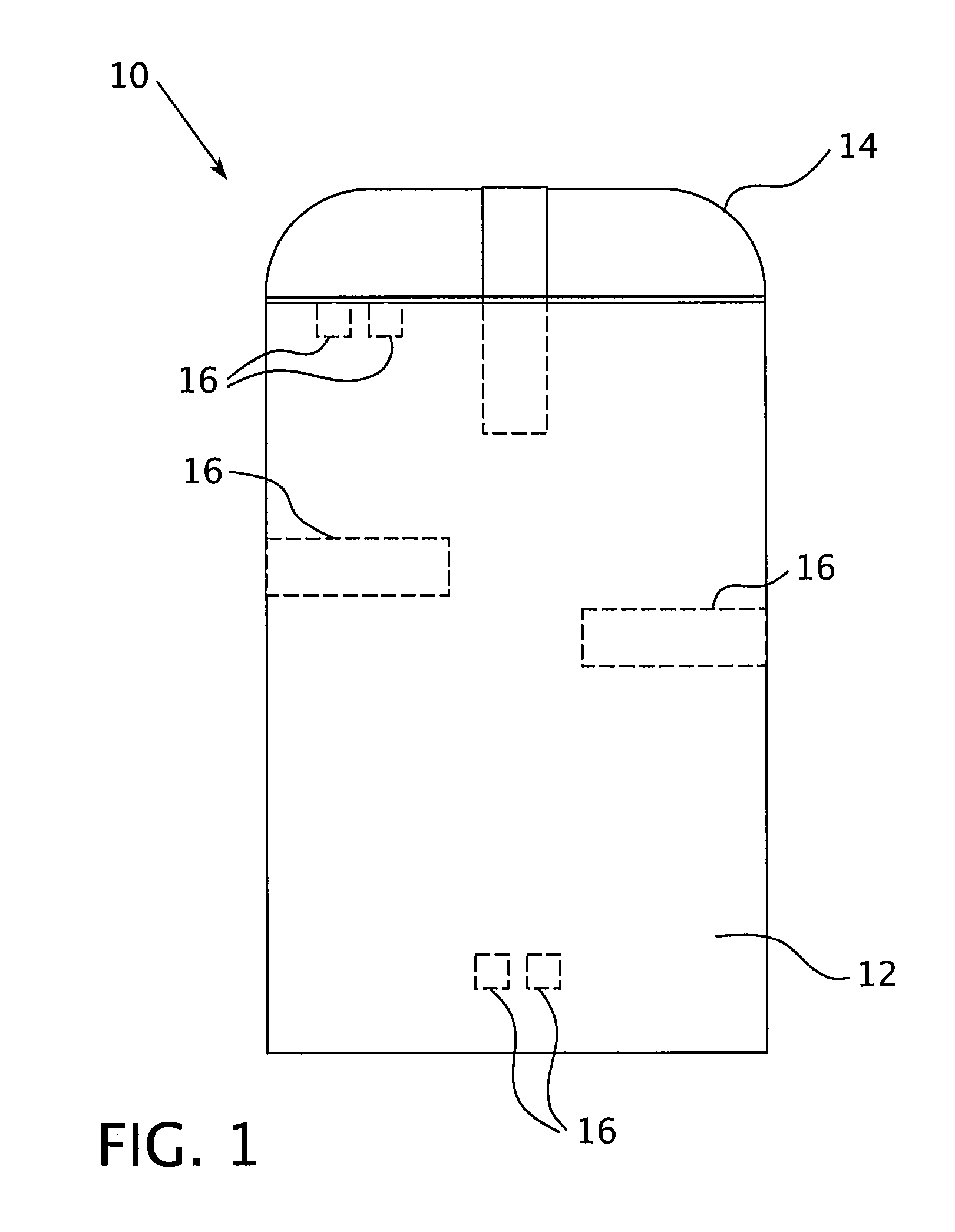Method for concentrated growth of a paraffinophilic microorganism for bioremediation and an associated apparatus
a microorganism and bioremediation technology, applied in the field of concentrated growth of paraffinophilic microorganisms for bioremediation and associated apparatuses, can solve the problems of increased health risks for workers, reduced utilization rate of hazardous waste, and increased cost of alternative methods, so as to achieve the effect of efficient, effective and economical
- Summary
- Abstract
- Description
- Claims
- Application Information
AI Technical Summary
Benefits of technology
Problems solved by technology
Method used
Image
Examples
Embodiment Construction
[0016] As used herein, the term “microorganism” and variations thereof refers to an organism of microscopic size including, but not limited to, bacteria, molds, and fungi.
[0017] As used herein, the term “paraffinophilic” and variations thereof refers to a microorganism that can employ paraffin as a source of carbon. An example of a paraffinophilic microorganism is that of the genus Pseudomonas, such as Pseudomonas putida.
[0018] As used herein, the term “organic waste” and variations thereof refers broadly to one or more carbon based compounds that are undesired. Organic waste generally can be consumed by bacteria and other small organisms. The term also includes “hazardous organic waste”, which refers to any organic substance or material that has been identified as hazardous or environmentally damaging by the Environmental Protection Agency or other authorized government agency including, but not limited to, refined petroleum products and natural as well synthetic hydrocarbons suc...
PUM
| Property | Measurement | Unit |
|---|---|---|
| pH | aaaaa | aaaaa |
| temperature | aaaaa | aaaaa |
| salinity | aaaaa | aaaaa |
Abstract
Description
Claims
Application Information
 Login to View More
Login to View More - R&D
- Intellectual Property
- Life Sciences
- Materials
- Tech Scout
- Unparalleled Data Quality
- Higher Quality Content
- 60% Fewer Hallucinations
Browse by: Latest US Patents, China's latest patents, Technical Efficacy Thesaurus, Application Domain, Technology Topic, Popular Technical Reports.
© 2025 PatSnap. All rights reserved.Legal|Privacy policy|Modern Slavery Act Transparency Statement|Sitemap|About US| Contact US: help@patsnap.com


